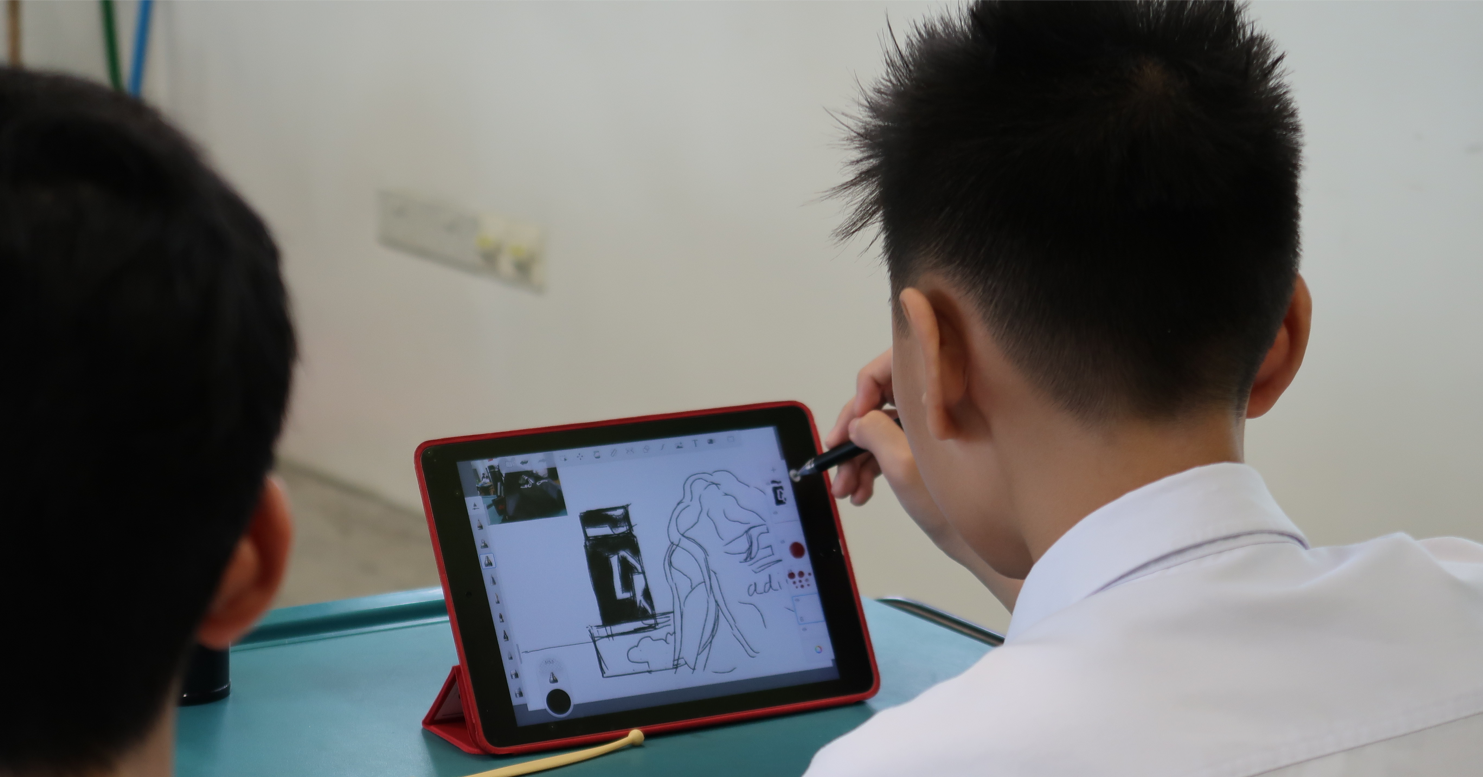The Ministry of Education (MOE) will mount a new push to support students from disadvantaged families.
As part of their ongoing efforts to help these students, and in an impressive feat of stretching words to fit an acronym, the Uplifting Pupils in Life and Inspiring Families Taskforce (UPLIFT) will implement six new strategies to achieve their goals.
Six new strategies
These include:
- Strengthening after-school care and support for students.
- Building up students' mental and emotional resilience.
- Boosting parental engagement and support.
- Implementing practical solutions to deal with absenteeism.
- Enhancing collaboration between schools and the community.
- Augmenting coordination across these initiatives.
MOE will first focus on strengthening after-school care and support, and will also set up an internal UPLIFT programme office to enhance collaboration between schools and the community.
These two strategies will be progressively implemented in 2019, while the rest will be announced at a later date. UPLIFT's efforts will be spearheaded by Indranee Rajah, Second Minister for Education.
In her speech, she said:
"For us, every child is precious and we want each and every one of them to achieve his or her fullest potential. This is especially so in the case of those from disadvantaged backgrounds, since they face more challenges than others.
Together, we can build a society of opportunities where every Singaporean can do well, succeed and progress, irrespective of background."
After school care and support
By 2020, every primary school in Singapore will have a Student Care Centre (SCC).
The SCC offers students, particularly those from disadvantaged backgrounds, a safe environment where they can play or get help with their homework after school hours.
It's intended to provide an alternative for students, and also for parents, if for some reason or another there is no parental supervision at home or if the home environment is not conducive for study.
MOE has stepped up enrolment in SCCs from 3,000 in 2012, to about 25,000 in 2019.
The Taskforce will step up in its efforts to get students from low-income households to sign up, and especially those who don't have alternative home-care options.
The Taskforce will also help facilitate enrolment for students facing obstacles like financial difficulties, although MOE did not confirm if the costs will be fully paid for if the students can't afford it.
Expanding after school programmes
In addition to SCCs, MOE will utilise another unwieldy acronym, the Guiding and Empowering students for Affiliation and Resilience to Unlock their Potential (GEAR-UP).
This will consolidate after-school engagements, as well as enhancing and scaling them up, from the existing 60 schools to 120 schools by 2020.
Through GEAR-UP, schools will offer after-school engagement and work with community partners to improve students' social and emotional skills.
Community outreach
Cooperation with the community will be another MOE watchword.
UPLIFT won't go it alone, instead they will work with other government agencies and community partners to create an environment of support for disadvantaged families.
To facilitate this, MOE will form an internal Programme Office to map out the needs of these students to match them to the appropriate programmes and assistance.
The Office will also help support school-community partnerships, and monitor feedback to gauge the effectiveness of all these programmes.
In addition, MOE will work with the Ministry of Social and Family Development (MSF) to coordinate efforts by sharing data and helping with complex cases across MSF's various offices:
- Social Service Offices
- Voluntary Welfare Organisations
- Family Services Centres
- Other community organisations
This will hopefully bring about a more comprehensive approach, and ensure that the various resources available for disadvantaged students will go to where they're most needed.
Related story:
Top image by Rachel Ng.
If you like what you read, follow us on Facebook, Instagram, Twitter and Telegram to get the latest updates.
